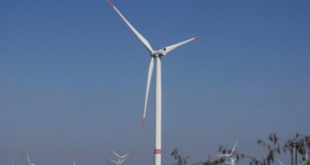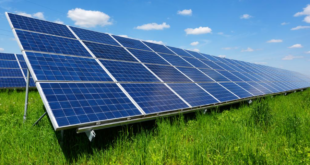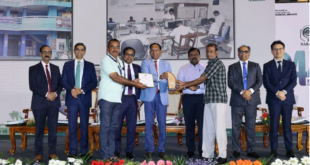 Dr Seema Javed
Dr Seema Javed
Renewable energy has grown exponentially over the past two decades thanks to government policy and falling prices.
Today, building new solar and onshore wind power on average costs around 40% less than coal or gas power. These cost declines have helped renewables reach a tipping point, meaning that the transition away from fossil fuels.
The Asian region is accounting for 52.5% of global renewables capacity in 2022 – driven largely by China, India and Vietnam. Asian investments in renewable energy are growing 23% annually with USD $345 billion pumped into wind, solar and clean vehicles. According to an assessment of energy trends by Zero Carbon Analytics.
The report ‘A driving force: Asia’s Energy Transition’ is the third in a series of reports looking at evidence of the pace of growth in the clean energy transition. The report builds on several pieces of research on exponential systems change released by RMI, Systems Change Lab and others this year, which shows that change is happening faster than we think.
Uruguay, Denmark, Lithuania, Namibia, Netherlands, Palestine, Jordan and Chile have shown fastest growth in solar and wind over a span of last five years.

Whereas the new study that highlights the Asian region as the global leader in wind and solar development coincides with government leaders, businesses and civil society organisations gathering in the southern Malaysian city of Johor Bahru this week to enhance cooperation and discuss climate solutions in Asia and the Pacific.India, China and Japan are becoming all the more pivotal for global growth in renewables. China’s renewables capacity has soared and it’s expected to surpass its goal to increase solar and wind capacity to over 1,200GW by 2030.In India two-wheelers and three-wheelers are taking the lead in electrifying road transport in the country’s crucial development.
About India:India’s growth in renewable capacity outpaces coal power growth. The country grew its wind capacity by over fivefold and nearly doubled its solar capacity between 2016 and 2022.
The auto industry is key to India’s clean energy transition. Sales of electric motorbikes and scooters in the country have increased by over 3,000% in just seven years to 2022.Asian investments in the electric car and scooter market are also notable with sales of electric motorbikes and scooters in the country increasing 3,000% 2015-2022. Globally Asia accounts for 51% of global greenhouse gas emissions with vast coal fleets in India, China despite both countries committing to long term net zero targets. Major infrastructure developments and large manufacturing pushes clean energy as domestic energy consumption increases.
Key takeaways:
Asia has the fastest growth rate of wind and solar capacity at 35% per year, and it has outpaced other continents since 2015.
Total Asian funding for renewables amounted to $532 billion in 202, that’s 65% of the global spend on renewables.
India’s growth in renewable capacity outpaces coal power growth while China had the fastest–growing deployment of wind and solar in the world between 2000 and 2022, doubling its wind capacity about every 1.5 years and its solar capacity about every 2.5 years.
The Asia Pacific Region – home to 4.3 billion people and one of the regions most vulnerable to the impacts of climate change – is grappling with various climate challenges, including sea level rise, extreme weather events, and threats to its biodiversity and water resources.
 Jubilee Post News & Views
Jubilee Post News & Views





